|
Music evokes images. A record comes with a cover. To listen to an opera is to look with your ears. Music can unlock a world in the mind waiting to be made visible. And an AI-image generator can be a handy tool for that. After previously toying around with prompt design, resulting in the image gallery of Der Ring des Nibelungen in Steampunk-style, Wagner & Heavy Metal goes to Legoland. Music from my adult life staged with the toys of my early childhood. It's a versatile toy, you can make all sorts of things with it, which perhaps because of its limitation is still so popular. It's like building something in low resolution with 3D pixels where the Lego bricks, even if they only exist virtually, add a decidedly tactile dimension (indispensable in a digital world). We begin with history's first rock star, Franz Liszt, the man who reinvented the piano, a bit like Jimi Hendrix reinvented the electric guitar. A man whose concerts delighted his audiences (women!) in proto-rock-like fashion. Next: the man whom Liszt saw as the starting point for the musical innovation of the 19th century; Ludwig van Beethoven. “Beethoven’s music sets in motion the machinery of awe, of fear, of terror, of pain, and awakens that infinite yearning which is the essence of romanticism.” — E. T. A. Hoffmann Richard Wagner, as well as being a composer, was a man of the theater. When asked what images to add to that illustrative music of Wagner, Frank Castorf came up with fascinating and frustrating answers for his Ring production for Bayreuth. The result, however, stuck. Since that Ring production, the crocodile has been a visual leitmotif that automatically brings thoughts to Siegfried. Nor has the image of Wotan eating spaghetti left me since. Bayreuth is host to some of the most daring Wagner productions in the world, and Tobias Kratzer's Tannhäuser and Stefan Herheim's Parsifal are certainly amongst the most bold and successful. Productions in which the mind-boggling sound world of Wagner finds a worthy partner in the imagination of the theatermaker. Hans Neuenfels' Lohengrin production introduced me to the hallowed ground of the Festspielhaus in Bayreuth and to the often avant-garde productions of Wagner's operas that this festival stages. There I learned to appreciate the kind of stagings that take a free interpretation of the source material, even if those interpretations seems counter-intuitive. Better a production that dares to make choices than one that playes it safe. After all, for the ideal staging you always can, and especially in a Wagner opera, rely on your own mind. When I attended Lohengrin at the Festspielhaus in 2014, I felt those jitters again that I knew from my youth, those jitters when I first attended a concert of my idols Rush. I consider their album 2112 my introduction to heavy metal. There was little more heavy in those years than the title track and the priests of Syrinx. Slayer has always held a special place in heavy metal. With Slayer, no danger of metal sounding stiff. Their music, with its abrupt tempo changes and out-of-the-box (atonal!) guitar solos, creates a realm of sound that combines tightness and looseness in a way that is unique in metal - metal mayhem in which time flies by so fast it seems to stand still. It makes Slayer (with Jeff Hanneman and Dave Lombardo!) at their best moments sound more like an extension of an electric jazz band on steroids than a hard rock band. Slayer proves that in order to take your breath away, music (any music) has to breathe. With their third studio album, Reign in Blood, the band reached the top of the trash metal Mount Everest. Back to operaland where things can also get very bloody. An opera like a slasher-movie is Richard Strauss' opera Elektra from 1909. A screaming-for-vengeance opera that brought domestic relations to dystopian lows and drama in the genre of opera to new musical heights. Alban Berg's Wozzeck was the first opera I saw live. Reducing Wozzeck to atmospheric music to a tragic story does Alban Berg's musical drama a disservice (Karl Böhm called Berg a greater dramatist than Wagner) but the cinematic component in Berg's music is unmistakable. It made the first atonal opera in music history arrive at me a lot more accessible than expected. Moreover, it made me curious for more. Fortunately, there was also Lulu (Berg's other, second, opera and this guilty pleasure). After Alban Berg, it was tracing the path back to the founder of the Second Viennese School. The air of other planets in Arnold Schoenberg's second string quartet with soprano was a path to a new music and a breath of fresh air. At the end of many an opera, many a main character dies. For Tristan and Isolde, that death is a portal to a world where they can finally be together. A world beyond the perception of the senses. An opera that is like a fever dream in which you can die of undying love. In Wagner's highly visceral music lurks a staging. It is perhaps for this reason that a Wagner opera often presents itself in an ideal way in a concert performance. In Siegfried, Wagner gives free rein to the symphonist in him. Here he seems to have less consideration for the singers' audibility. In Bayreuth, that audibility is guaranteed because the orchestra is below the stage. In a concert performance, however, the singers must contend with an orchestra at full exposure. In that glorious wall of sound, coming form the ideal sound system that is the Wagnerian orchestra, a world reveals itself into which you, as a listener, love to get lost. The more you try to make something look realistic, the more you see that it is fake. To be appealing and believable, a certain degree of abstraction is indispensable. Wagner was notoriously unhappy with the 'natural' staging of the first Ring production in Bayreuth in 1876 (the only production he saw in his life, except in Bayreuth also in Berlin at Angelo Neumann's Ring-on-tour). He let it be known after that premiere that next time it would all have to be different. How it should be done then was an answer that remained unanswered at the time of his death. We now know that definitive answers to the staging questions posed by the Ring do not exist, nor is it desirable to look for them. We conclude with a more or less 'traditional' design of the Ring operas, after all that Regietheater, with ample room for the fantasy element. Software: Microsoft Bing, Adobe Photoshop
- Wouter de Moor
0 Comments
Leave a Reply. |
TIMELINE
July 2024
|
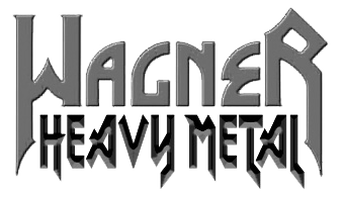

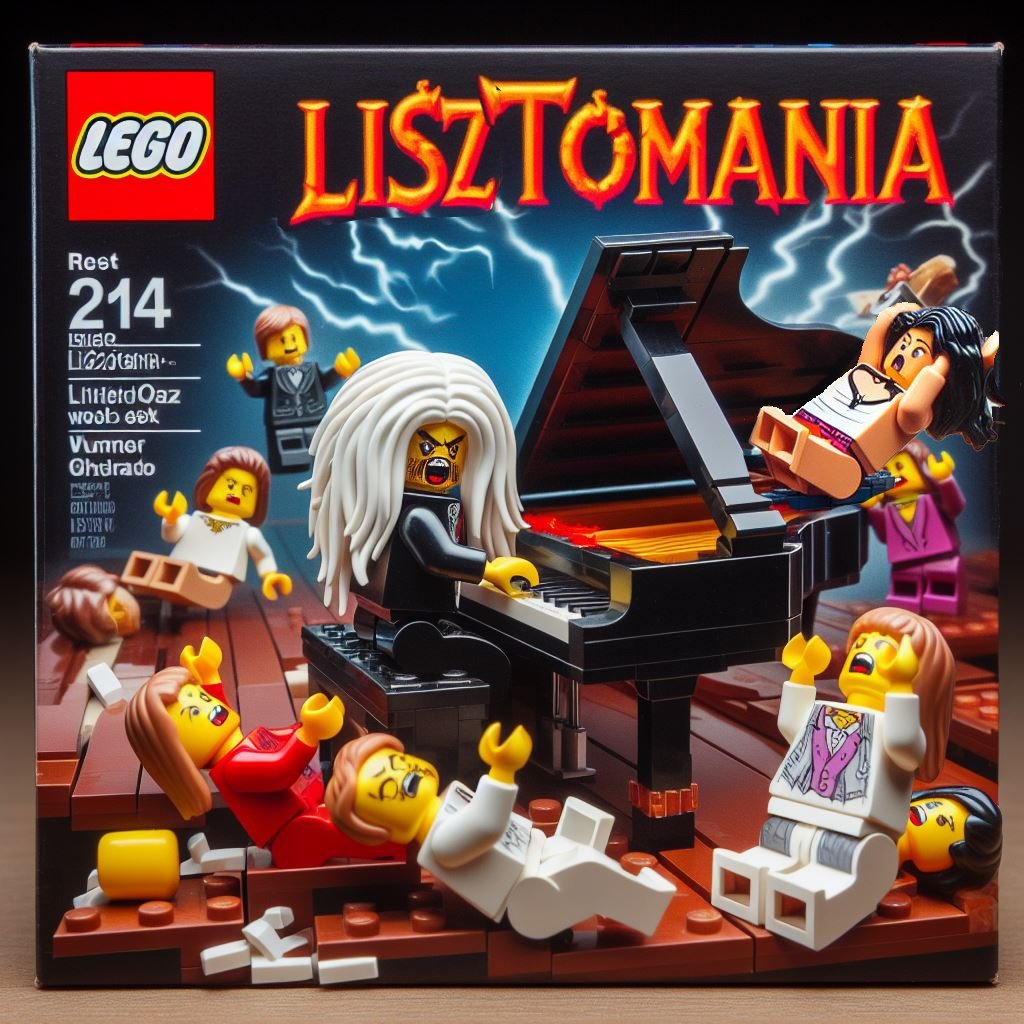


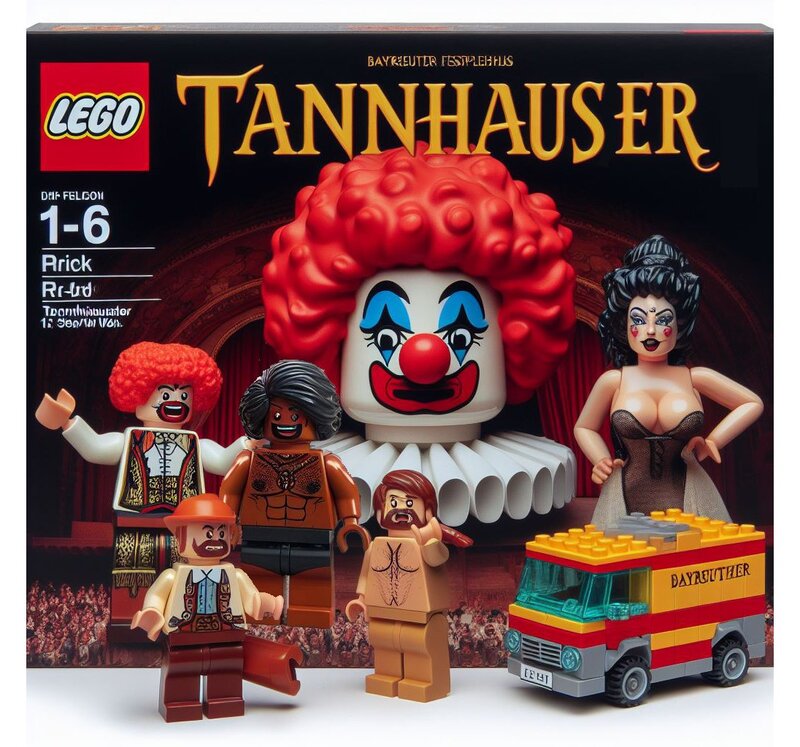

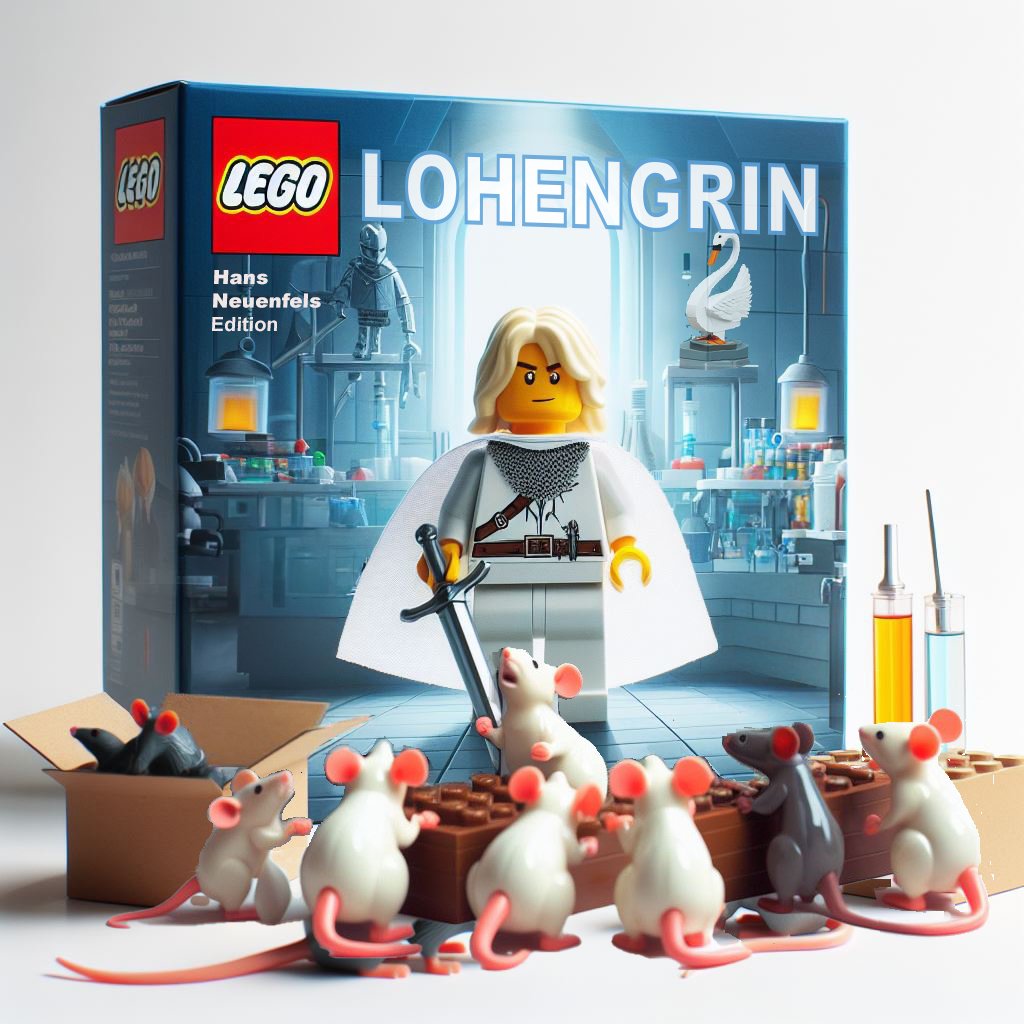
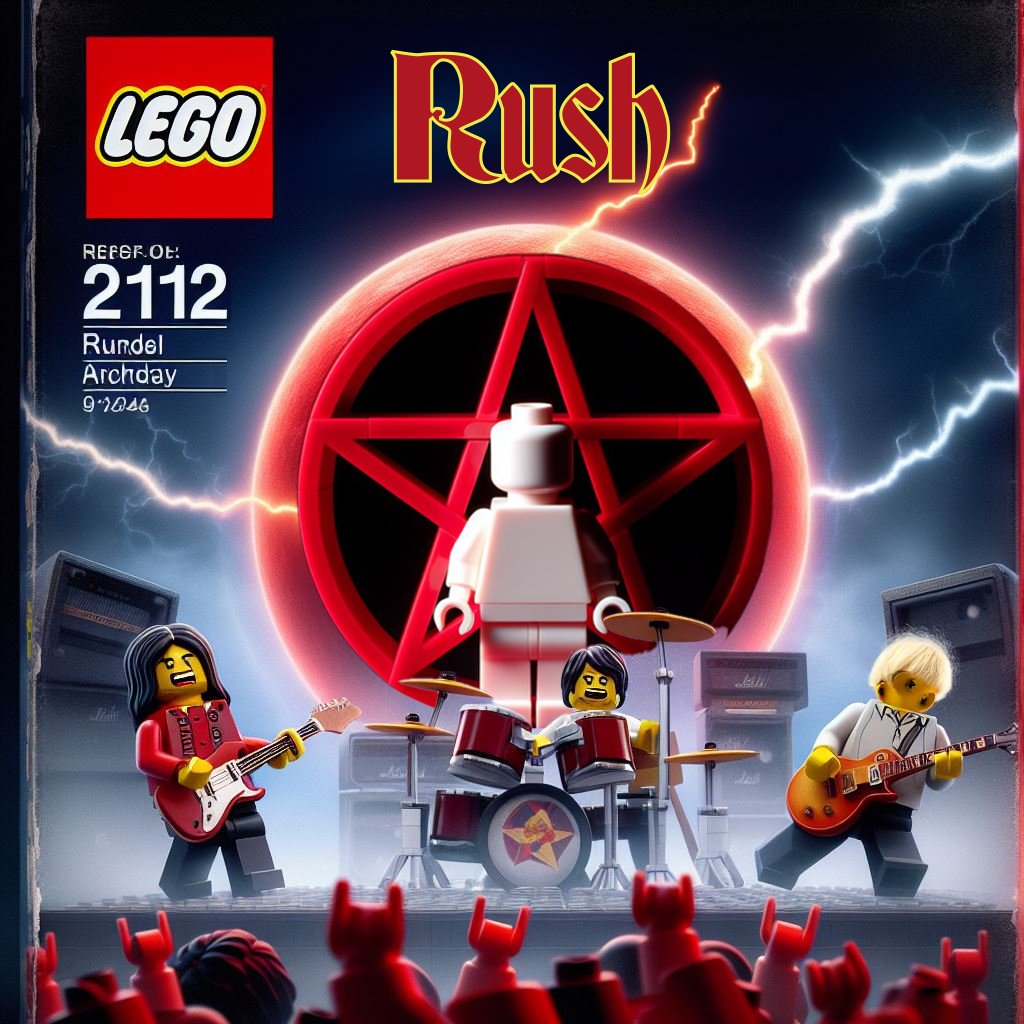
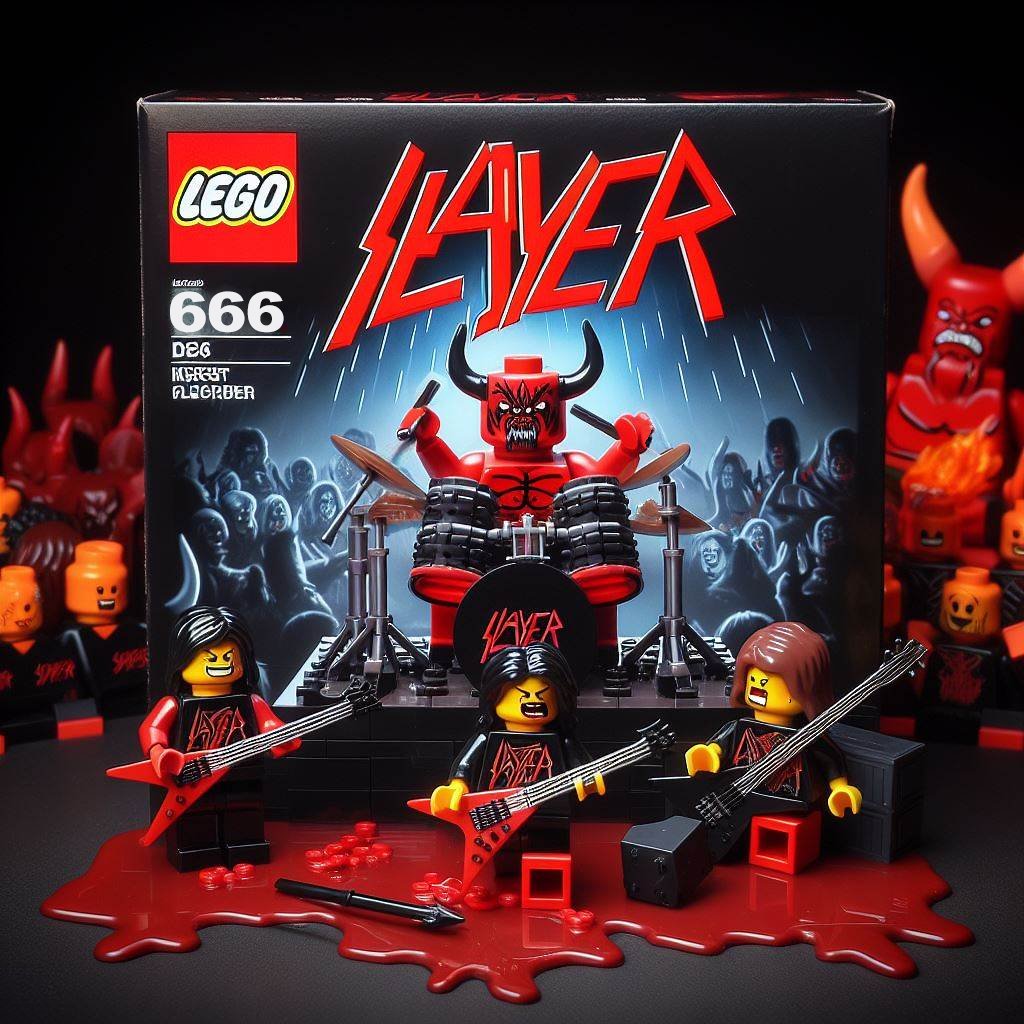

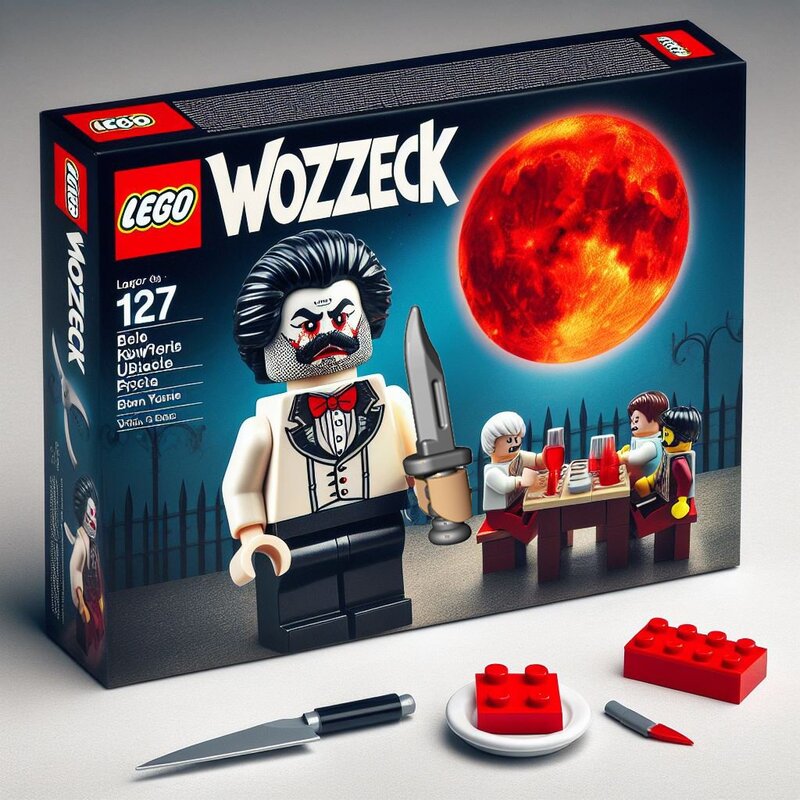

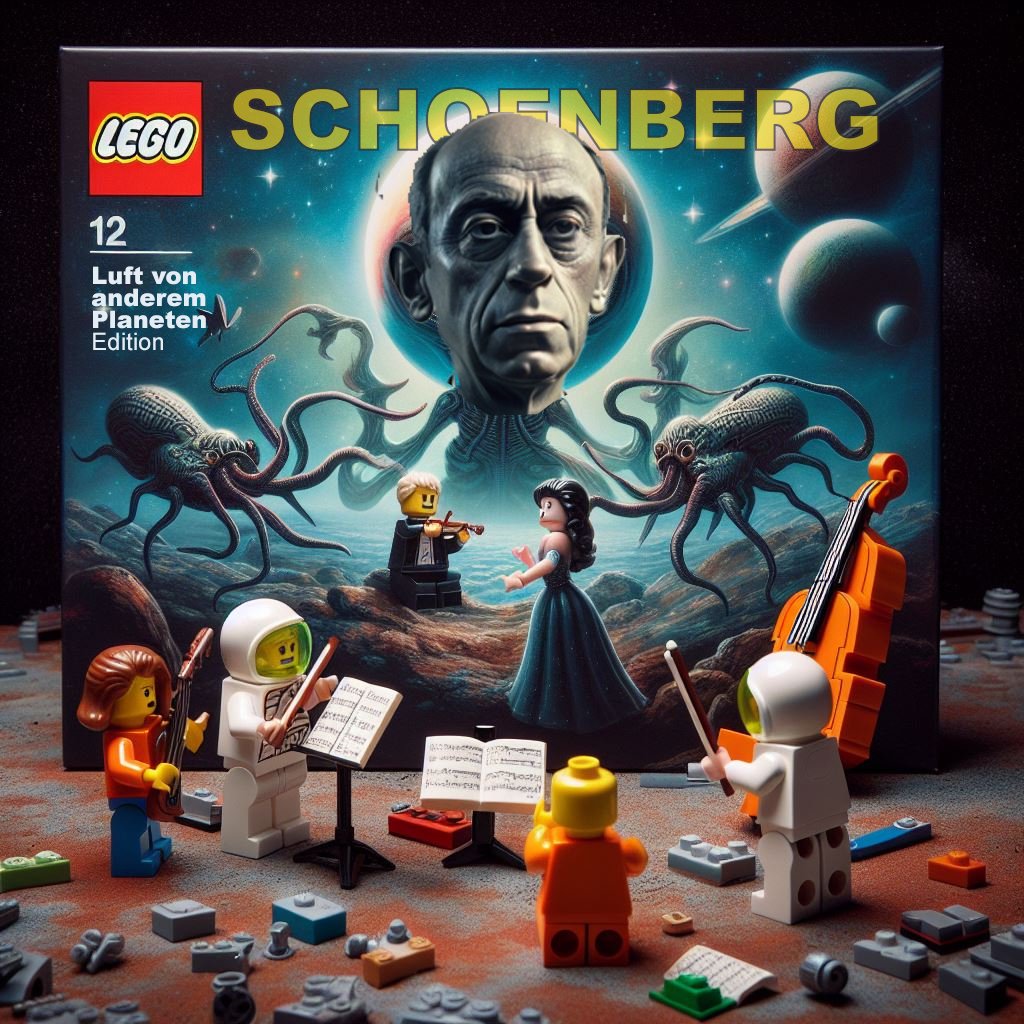

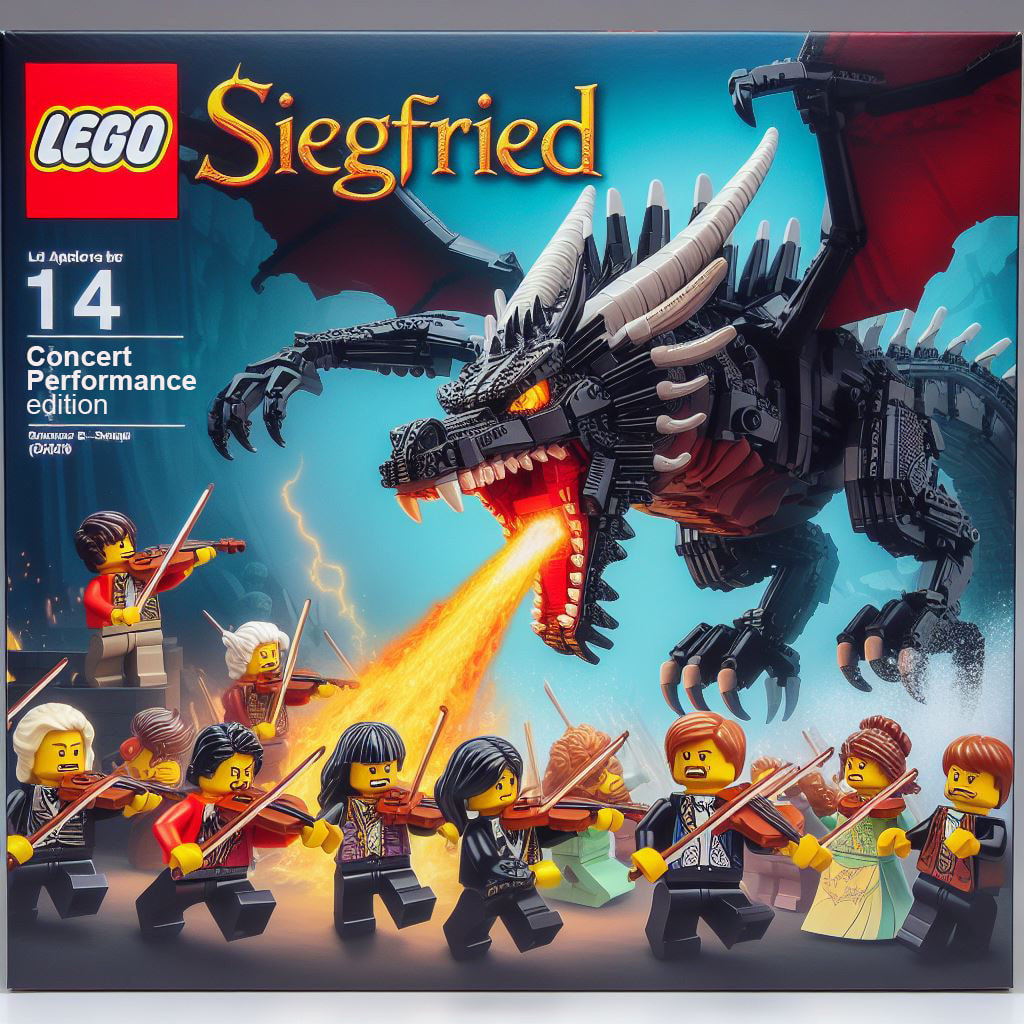
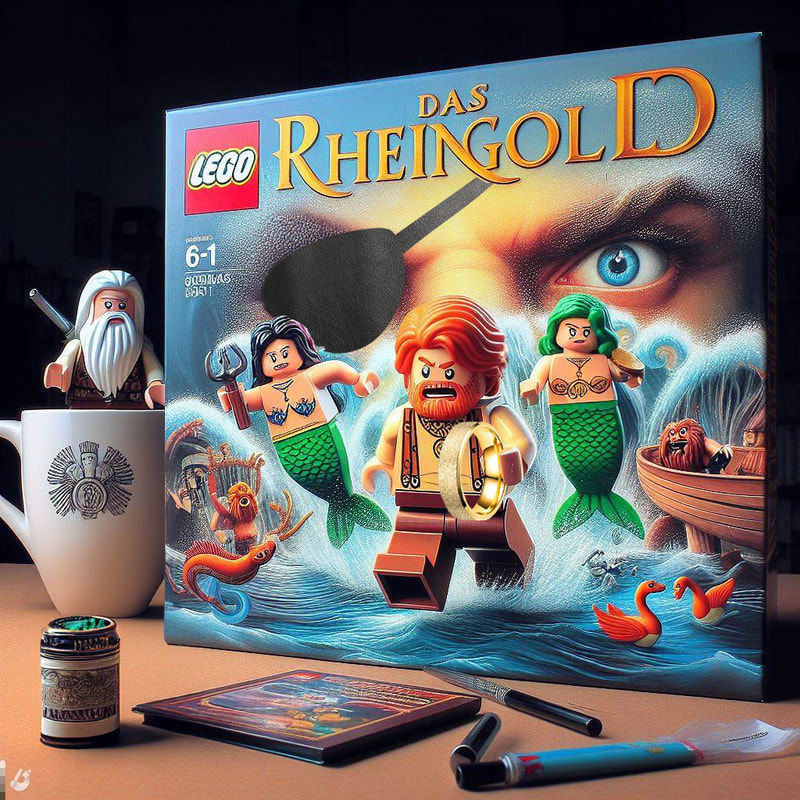


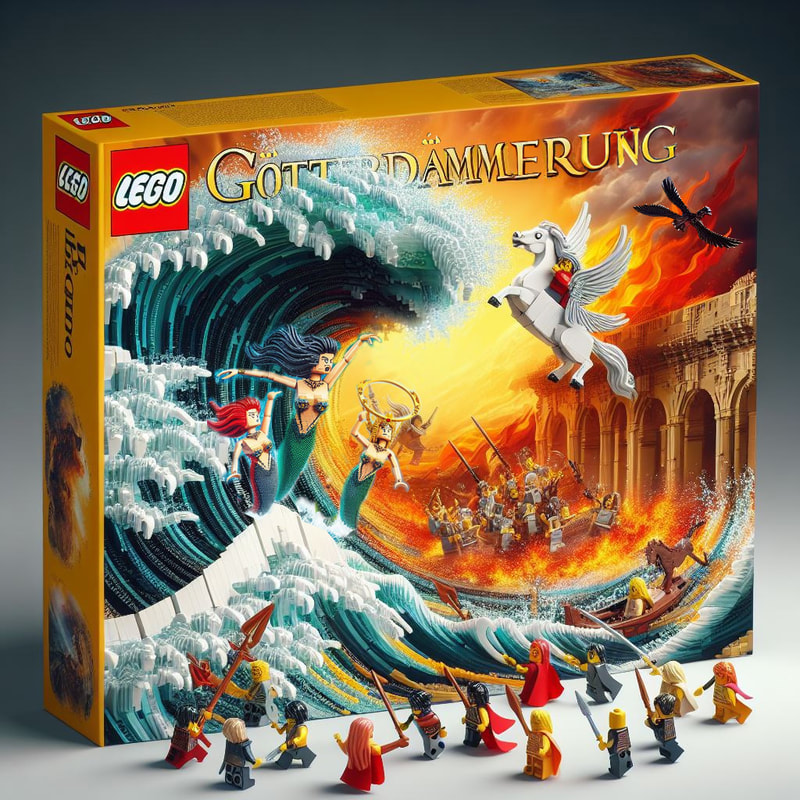
 RSS Feed
RSS Feed